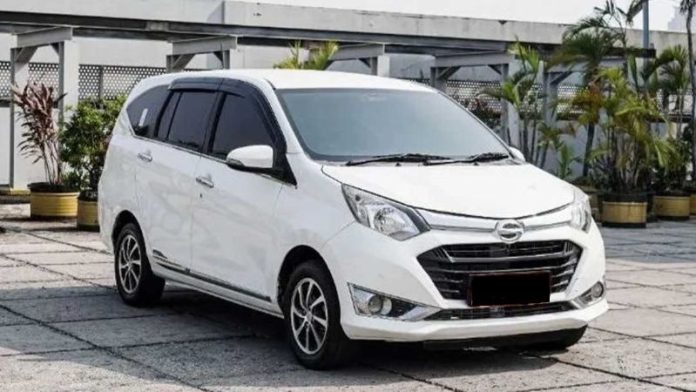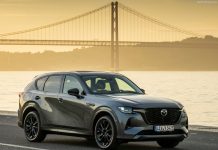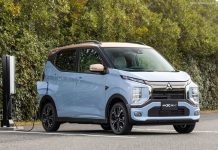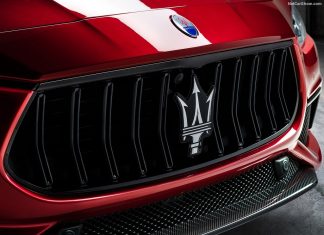Indonesian Vehicle Sales lost momentum in 2024. In March new vehicles sales have been 70.657 (-18.7%) keeping to decline and ending the first quarter with 140.276 sales (-22.5%).
Market Trend and Outlook
Indonesia, a country of 279.5 million people, is Southeast Asia’s largest economy with a GDP of approximately $1.32 trillion USD in 2023. The economy has shown a strong rebound since contracting in 2020 exceeding the 2019 GDP with $1.19 trillion in 2021.
By the end of 2023, Indonesia’s economy grew by 5.3% returning to its decade of growth above five percent that had been halted by the COVID-19 restrictions in 2020 and 2021. Indonesia is a thriving democracy with significant regional autonomy. The country is located on one of the world’s major trade routes and has extensive natural resource wealth distributed over an area the size of the continental United States and is comprised of over 17,500 islands.
Following the previous three years recovery, the start of 2024 was almost negative for the Indonesian light vehicles market, which lost well above any expectations.
In March new vehicles sales have been 70.657 (-18.7%) keeping to decline and ending the first quarter with 140.276 sales (-22.5%).
Looking at cumulative data up to March 2024 brand-wise, the leader is still Toyota with 65,655 sales (-23.5%), followed by Daihatsu with 46,003 (-15.3%), Honda with 28,066 sales (-40.3%) and Mitsubishi -up 1 spot- with 19,109 sales (-12.9%).
Suzuki -down 1 spot- is in 5th with 17,801 sales (-20.7%), followed by Hyundai -up 1 spot- at 7,243 units sold (-30.6%).
Isuzu is up 1 spot into 7th with 6,846 sales (-23.8%), in front of Mitsubishi Fuso -down 2 spots at 6,595 (-43.0%), Wuling -up 1 spot- in 9th at 5,457 registrations (+13.6%) and Hino -down 1 spot- closing the Top 10 with 4,537 sales (-41.6%).
Looking at specific models the Daihatsu Sigra becomes the new best seller, rising 2 spots while increasing 0.3% year-on-year, followed by last year’s leader the Honda Brio down 22.9%.
Medium-Term Market Trend
Fueled by growing demand, with raising population and GDP increase above the average, the light vehicles market in Indonesia was growing steady up to reaching the all-time record in 2017 with 1.14 million sales, confirmed in the following year.
A 5 percent decline in 2019 was natural after the rapid growth, but the covid 19 arrival in 2020, caused a huge fall with the market plummet at 582.298, due to plants shutdown and distribution disruption.
In the following three years the market recovered and in 2023 reached again the over 1 million level.
Tables with sales figures
In the tables below we report sales for all Brands, top 10 Manufacturers Group and top 10 Models.











